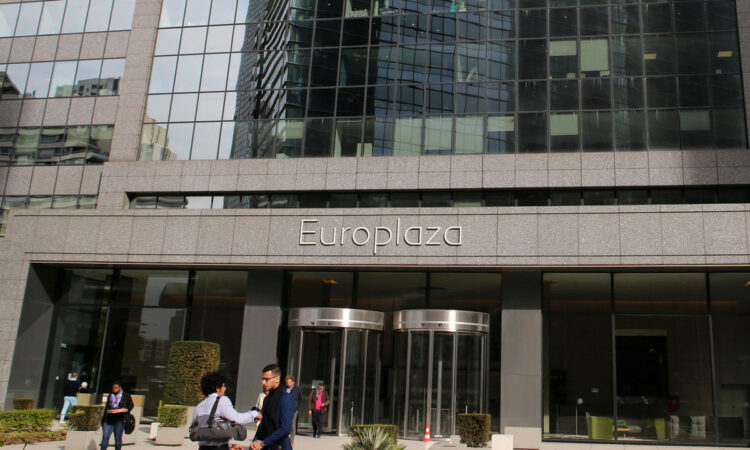
The banks in the 27-member European Union, along with Iceland, Liechtenstein and Norway–all part of the European Economic Area–demonstrated significant financial stability, according to the latest risk dashboard published by the European Banking Authority on Thursday. Despite these positive indicators, the also pointed out emerging signs of credit quality deterioration.
Capital ratios
According to the EBA, the weighted average common equity tier 1 (CET1) ratio for the largest institutions reached a record high of 15.9%, marking an increase of 50 basis points from December 2022. This level of capitalisation, coupled with a return on equity of 10.3%, underscores the banks’ strong capital position. The liquidity coverage ratio and the net stable funding ratio stood at 167% and 127% respectively, indicating a comfortable liquidity situation. These figures were supported by favourable financial market conditions in the early months of 2024, which saw a high level of debt issuances by banks.
Loan default risks
The NPL ratio, a key indicator of credit quality, remained relatively low but showed a slight increase from 1.8% to 1.9% between the third and fourth quarters of 2023. Similarly, the proportion of stage 2 loans, which are considered to have a higher risk of default compared to other loans, experienced a slight rise from 9.2% to 9.6% in the same period. Concurrently, the cost of risk–essentially the cost associated with the potential for loans to become non-performing–also saw a marginal uptick of 4 basis points.
An area of specific concern noted in the EBA’s report was the exposure of EU/EEA banks to NPLs collateralised by commercial real estate. This sector saw an increase in the volume of NPLs, driven by a combination of declining outflows and rising inflows. The NPL ratio for loans collateralised by CREs edged up from 4% to 4.3% in the last quarter, although it remains significantly below levels that would typically raise alarms. Additionally, the loan-to-deposit ratio continued its decline, stabilising at 107%, while the banks’ exposures to sovereigns saw a slight increase in 2023, after a period of decline, possibly incentivised by higher returns, stated the press release.
Assets and loans
Asset and loan growth remained subdued, affected by tighter lending standards and reduced demand. Loans to non-financial corporations and households saw minimal increases by 0.2% and 0.3% from Q3 to Q4 2023, respectively, while risk-weighted assets (RWAs) experienced a slight increase, mainly due to heightened operational risks. This shift drove the RWA density from 9.6% to 10.1% of total RWA.
Performance
Despite the high profitability in 2023, with an RoE of 10.3%, the dispersion of return on equity has widened, indicating a divergence in performance across banks. The proportion of banks with an RoE higher than 10% decreased from 60% to 45%, highlighting the variability in profitability.
The EBA also noted a potential deceleration in convergence trend, as indicated by the cost-income ratio as of Q4 2023, suggesting that while banks are still reaping benefits from prior gains, the rate of improvement in profitability might be slowing.





